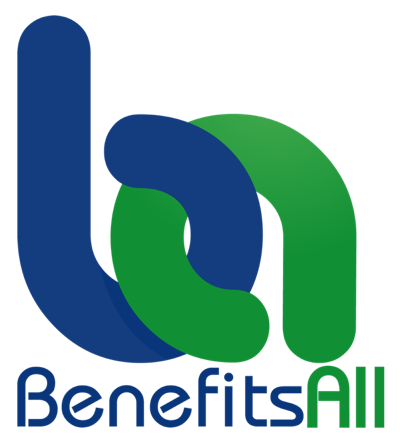Health Insurance Illiteracy Is An American Problem
October 10, 2016
The Onion, a news satire organization known for fooling many journalists with it’s made up stories, has a hilarious story in its October 5, 2016, edition about a man who woke from a coma and suddenly understood his health insurance policy. And like most of The Onion headlines and stories, it's really funny because there is some underlining truth to the satire.
According to about a dozen annually produced surveys, Americans don't understand their health insurance. A UnitedHealthcare “Consumer Sentiment Survey," cited by BenefitsPro revealed that "just 7 percent have a full understanding of all four basic insurance concepts: plan premium, deductible, coinsurance, and out-of-pocket maximum." Despite decades of employer and insurer-provided communications, the majority of Americans can't explain what a deductible is or how it works. Not understanding their health insurance policy is an American problem because insurance isn't as confusing in other countries.
We just returned from vacationing in Russia and Finland. In our travels from Moscow to Uglich to Yaroslavl to St. Petersburg to Helsinki we met a lot of people. And despite their economic status, level of education, or age, everyone we spoke to about health insurance understood their health insurance plan coverage. They understand their health insurance because it's simple. No deductibles or coinsurance or out-of-pocket maximums.
Many Americans do not want government-sponsored health insurance but they do want health insurance they can understand. But is easy-to-understand health insurance possible in America in the age of high-deductible health plans, referencing pricing and tax-saving accounts? As an employee benefits professional, it is easy to blame health insurance illiteracy on lazy employees who refuse to read plan information, but that would be ignoring the fact that these plans are often so complex that few people can claim to fully understand them.
The only chance Americans have of understanding their health insurance policies is to make the policies simple. Simple means removing all the design features and language that we find most confusing—deductibles, coinsurance and out-of-pocket maximums... But insurers will never voluntarily remove deductibles and coinsurance. Although they claim these design features reduce incentives for careless behavior, their real purpose is to keep health care pricing opaque. And doctors just avoid insurance cost questions altogether. Even traditional Medicare uses a deductible, coinsurance and out-of-pocket maximum plan design structure.
A health plan with a flat dollar copay structure coupled with hospital and doctor-provided health care pricing menus is the only way to improve America’s health care literacy problem. A new public option health plan that does not use the current model of deductibles, coinsurance and out-of-pocket maximums is the only way to show Americans how simple health insurance can be. Insurers and doctors will still charge their high prices, but a health plan with only copays is easier to understand than one with deductibles and coinsurance.
blog comments powered by Disqus


 Denise Perkins
Denise Perkins




